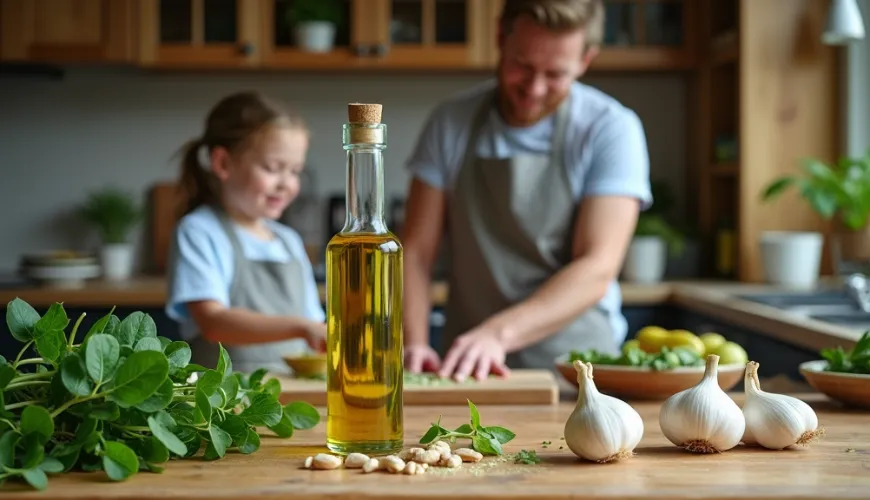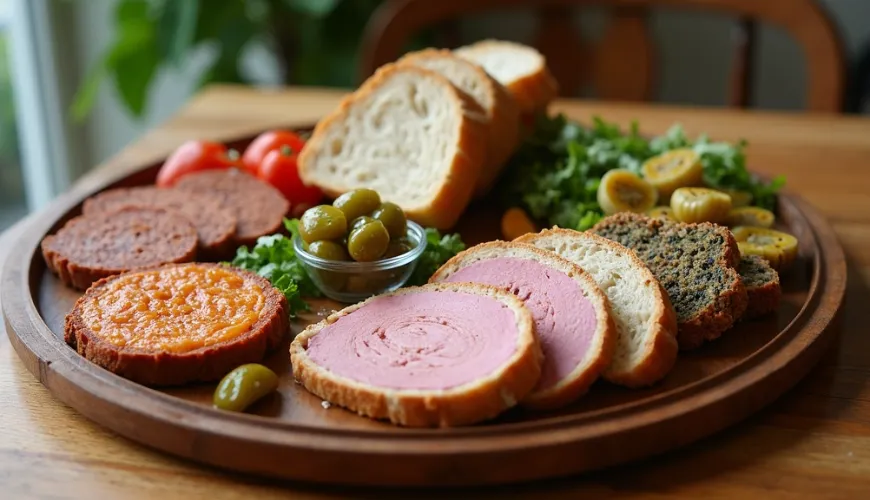
What are rillettes and why you will love them

Rillettes - traditional French delicacy winning over gourmets even in the Czech Republic
When you say the word rillettes, many people imagine the atmosphere of quaint French bistros, slowly flowing red wine, and the aroma of rustic cuisine. This specialty, originating from the French countryside, has in recent years also made its way into Czech households. And it's no wonder – rillettes are not only tasty but surprisingly simple to prepare. Many wonder: Rillettes – what exactly is it? Today, we will take a closer look at this question.
What are rillettes and where do they come from?
The word rillettes [pronounced as rijet] comes from French and refers to a type of spread or pâté made from slowly cooked meat – usually pork, duck, goose, or even rabbit. The meat is cooked in fat for several hours until it becomes so tender that it falls apart into fibers. It is then seasoned and mixed with its own fat, creating a smooth, supple delicacy.
This method of preparing meat was originally a practical way of preservation – the meat was submerged in fat, extending its shelf life. The first mentions of rillettes can be found as early as the 15th century, with the greatest popularity achieved in areas like Touraine, Anjou, or Sarthe, where they are still considered a regional specialty.
Nowadays, rillettes are no longer just a way to preserve meat – they have become a sought-after delicacy, ideal for festive tables and everyday snacks. The most famous variant is duck rillettes, which combine the tenderness of duck meat with the richness of its own fat and a spicy aroma.
What do duck rillettes taste like?
Imagine a creamy spread with the texture of shredded meat that gently melts on a slice of freshly baked bread. The taste of duck rillettes is full, meaty, and at the same time silky smooth, with a pleasant touch of herbs, garlic, or pepper. The longer the rillettes are left to rest, the more the flavors meld and gain intensity.
It's not just the French who have fallen in love with their taste. This type of dish is slowly finding its place in Czech cuisine as well, especially at a time when people are more interested in quality ingredients, homemade preparation, and a return to traditional methods of food processing.
Homemade duck rillettes - a recipe anyone can master
Although it might seem that preparing rillettes is a complex gourmet alchemy, the opposite is true. The key to success is patience and quality meat, ideally from farmers or verified farms. Here is a recipe for making homemade duck rillettes without unnecessary complications.
Duck rillettes – recipe
Ingredients:
- 2 confits from duck legs (or raw duck legs, ideally with skin)
- 200 g duck fat
- 3 cloves of garlic
- 1 sprig of thyme
- salt and freshly ground pepper
- optionally: bay leaf, allspice, white wine
Instructions:
- If you don't have ready-made confit, start by salting the raw legs, peppering them, and letting them rest overnight with herbs and garlic. Then bake them in a covered dish submerged in fat at a low temperature (about 120 °C) for at least 3 hours until the meat is tender.
- Remove the cooked or confit meat from the bone and skin, and shred it into fibers with a fork.
- In a saucepan, heat part of the duck fat, add the meat, crushed garlic, thyme, and optionally wine. Slowly mix and season to taste.
- Transfer the mixture into jars, let it cool and cover with a top layer of fat to preserve the rillettes well.
- Store in the refrigerator – ideally let it rest for at least a day, so the flavors can blend beautifully.
Rillettes prepared this way can last in the fridge for several weeks if the fat layer remains intact. Serve them with fresh sourdough bread, pickled vegetables, or onions, and of course with good wine.
Rillettes in modern cuisine and everyday life
While rillettes were once the domain of specialized delis or French markets, today they can also be found in Czech organic shops, farmers' markets, and e-shops focused on sustainable gastronomy. Products made from free-range meat without unnecessary additives are gaining more and more supporters.
For example, in the Novák family from South Bohemia, rillettes have become a weekend tradition. "We started making them at home during the lockdown when we were looking for ways to utilize meat from our home farm. Today we make them regularly – the children love them on toast, and we adults enjoy them with red wine," says Mrs. Nováková. This example shows that even traditional foreign recipes can naturally fit into Czech cuisine and family life.
Besides classic duck rillettes, modern variations are emerging – for example, vegetarian "rillettes" made from smoked eggplant or shiitake mushrooms, which mimic the texture and taste of the original. This only proves that this specialty can adapt to new dietary trends.
Why rillettes are worth having at home
Rillettes are not only a taste experience – their advantage is easy storage and long shelf life. Thanks to natural preservation in fat, they last for weeks without the need for additional substances. Preparing them at home is also cost-effective and environmentally friendly – you can use parts of the meat that might otherwise go to waste.
In addition, rillettes are perfect as a treat for guests, part of a picnic basket, or as a hearty and nutritious snack. Just add a jar of pickles, good mustard, and crispy bread – and you have a dish that won't disappoint even the most discerning gourmet.
As the French chef Raymond Blanc aptly noted: “Simplicity is the ultimate sophistication.” And rillettes perfectly embody this idea – a simple recipe that, thanks to slow and honest preparation, tastes like it's from the best restaurant.
So next time you're thinking about what delicious dish to prepare for the weekend or as a gift for a gourmet friend, remember rillettes. Whether they are duck, pork, or even vegetarian – each jar contains a piece of culinary history that tastes better than you can imagine.

